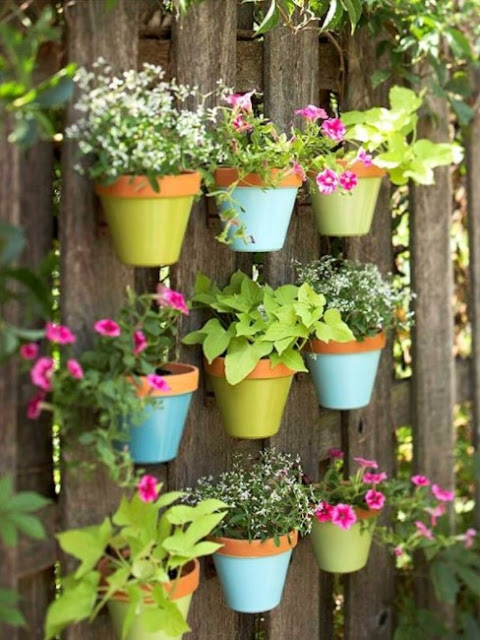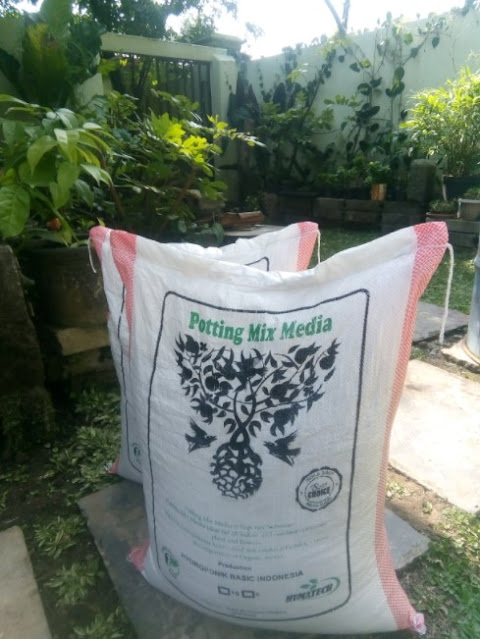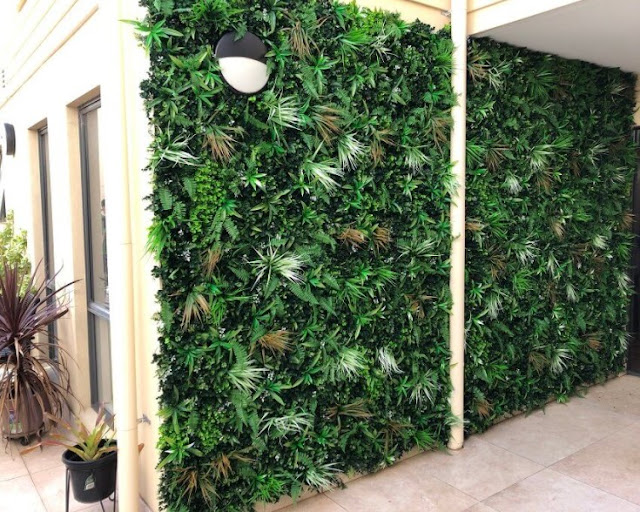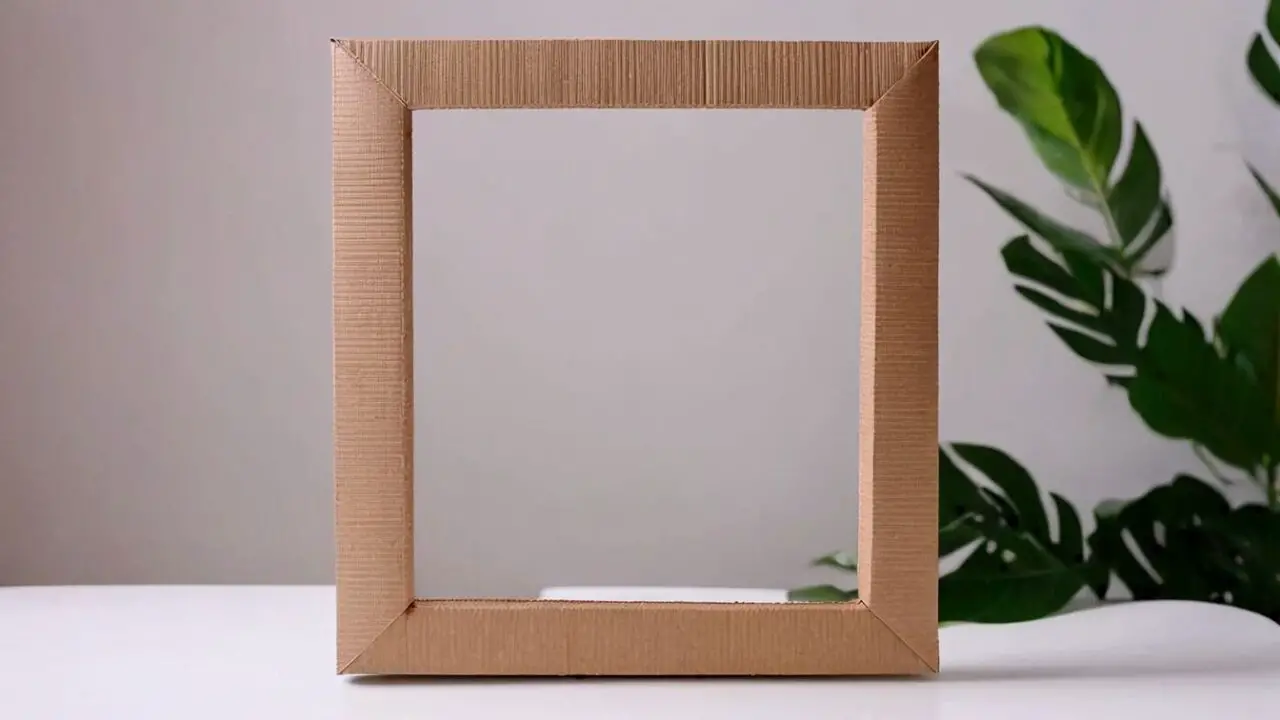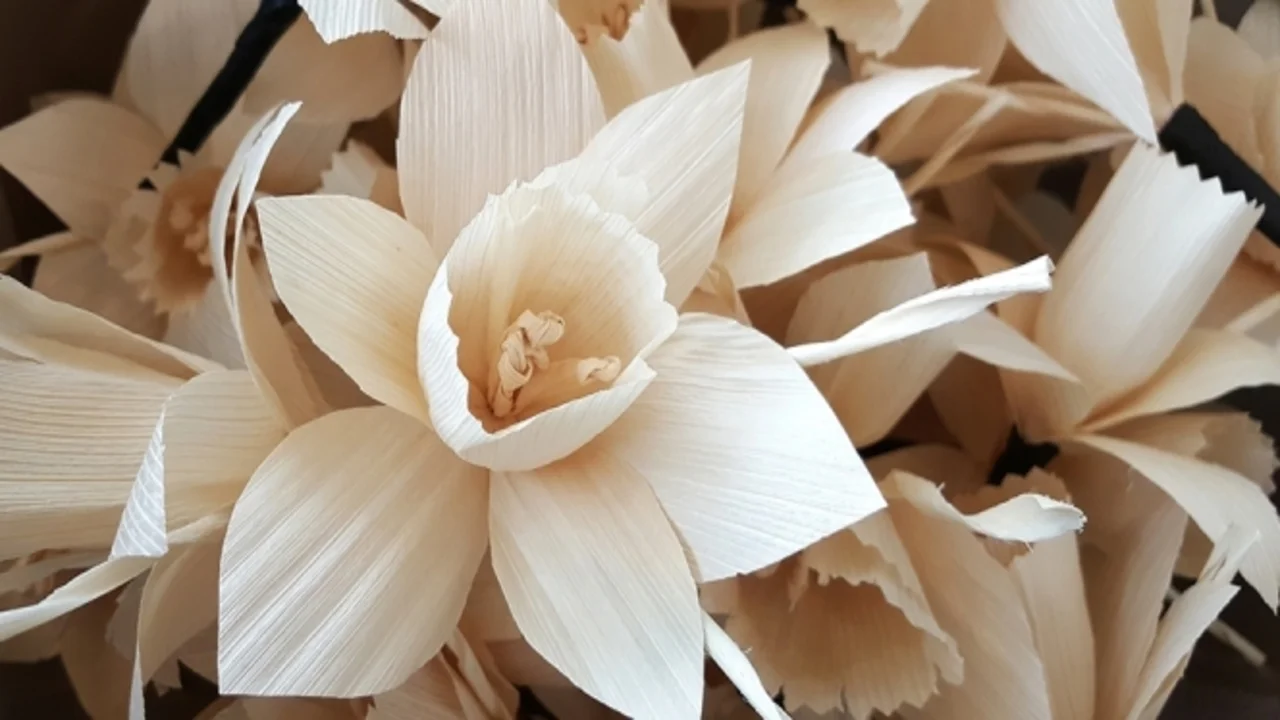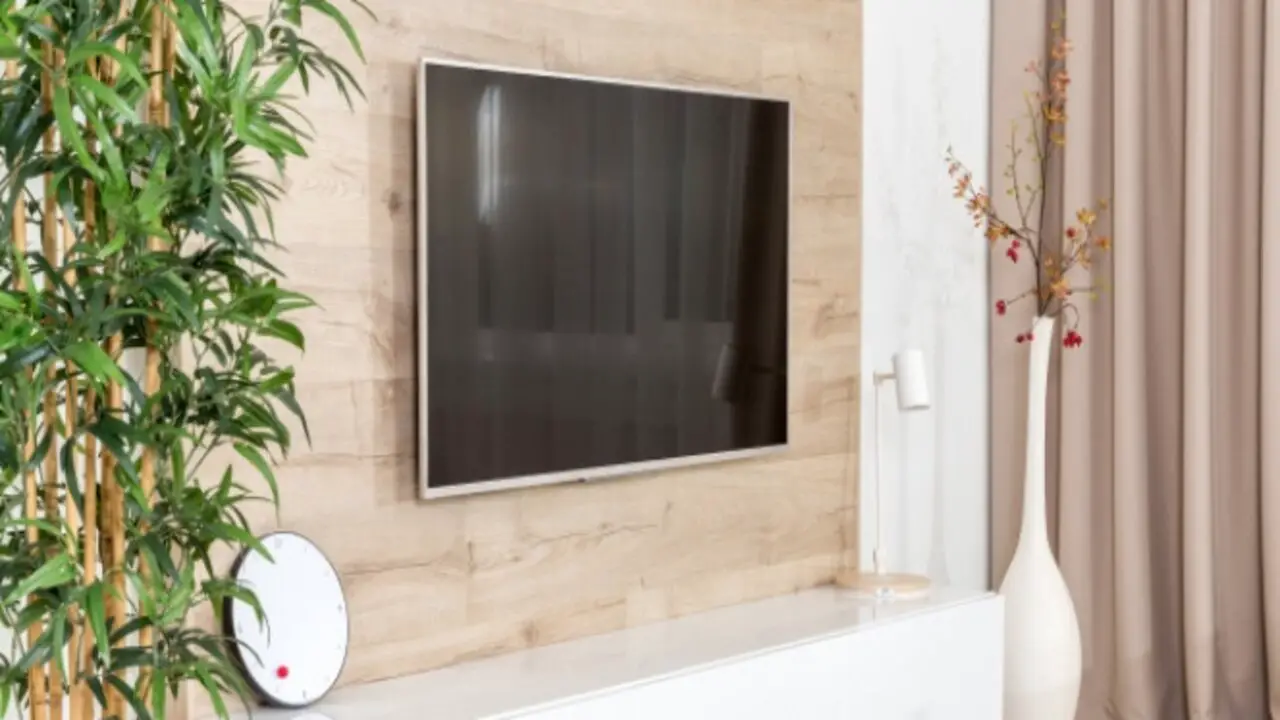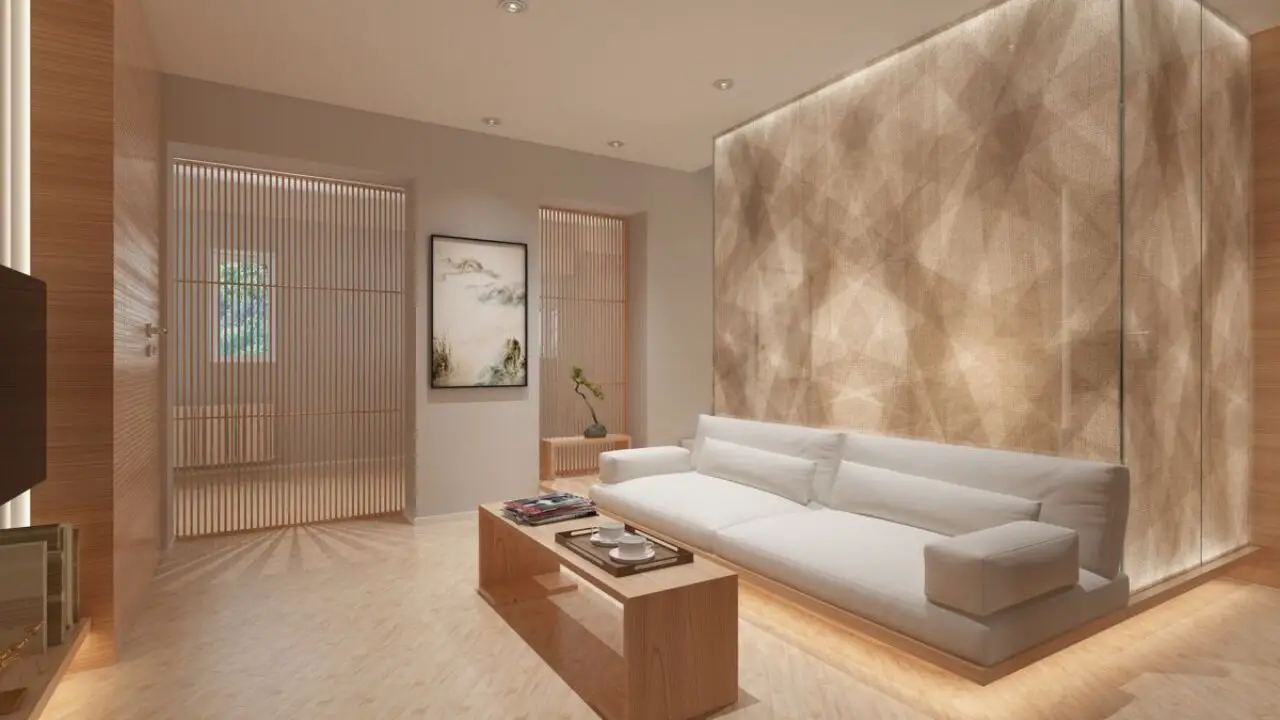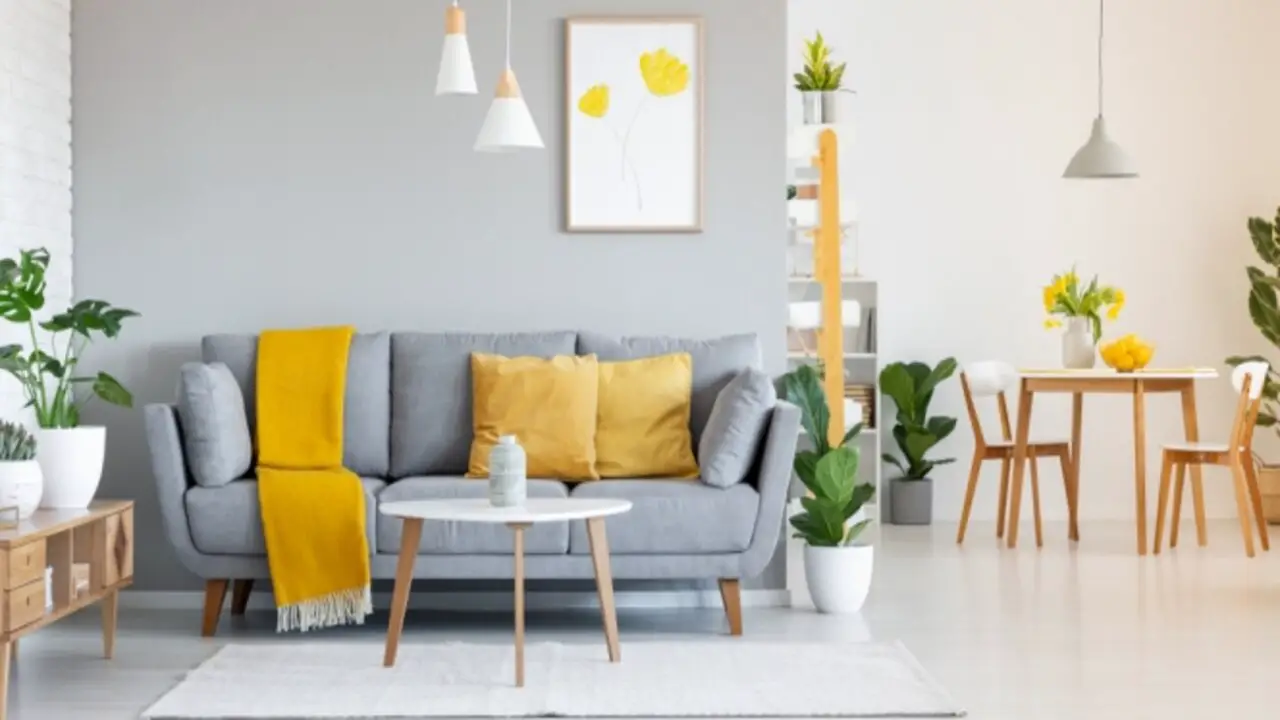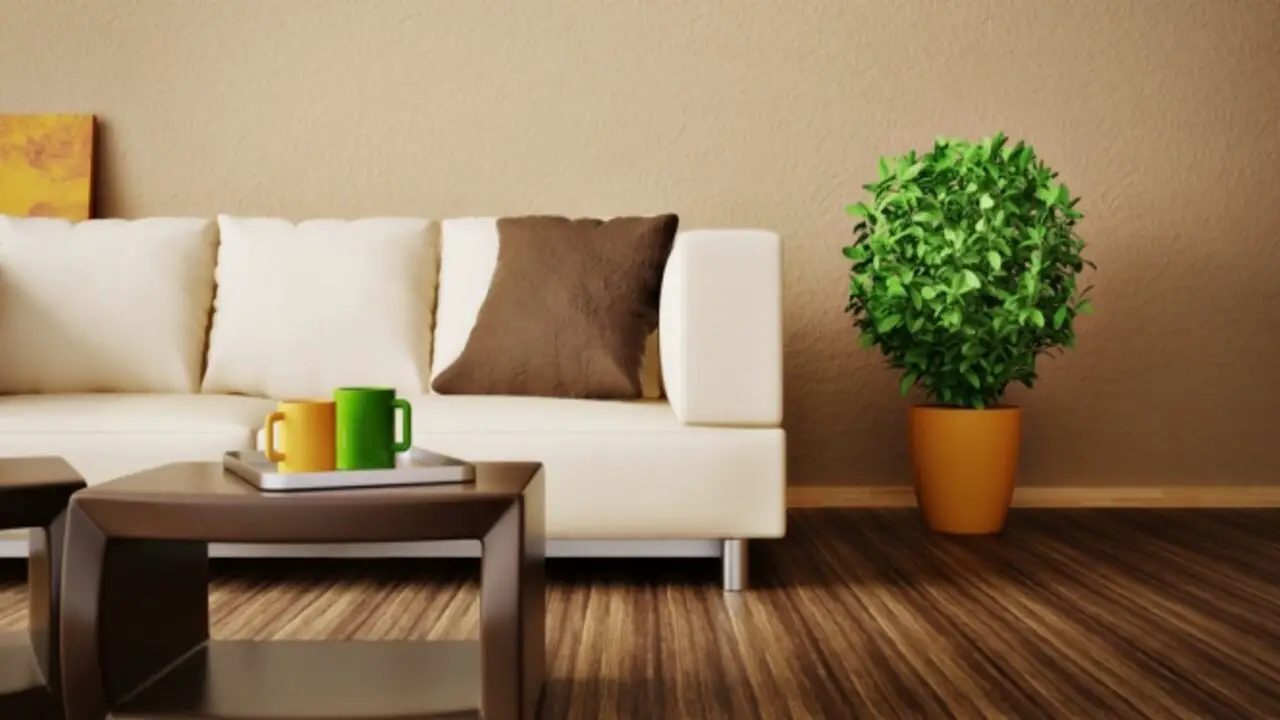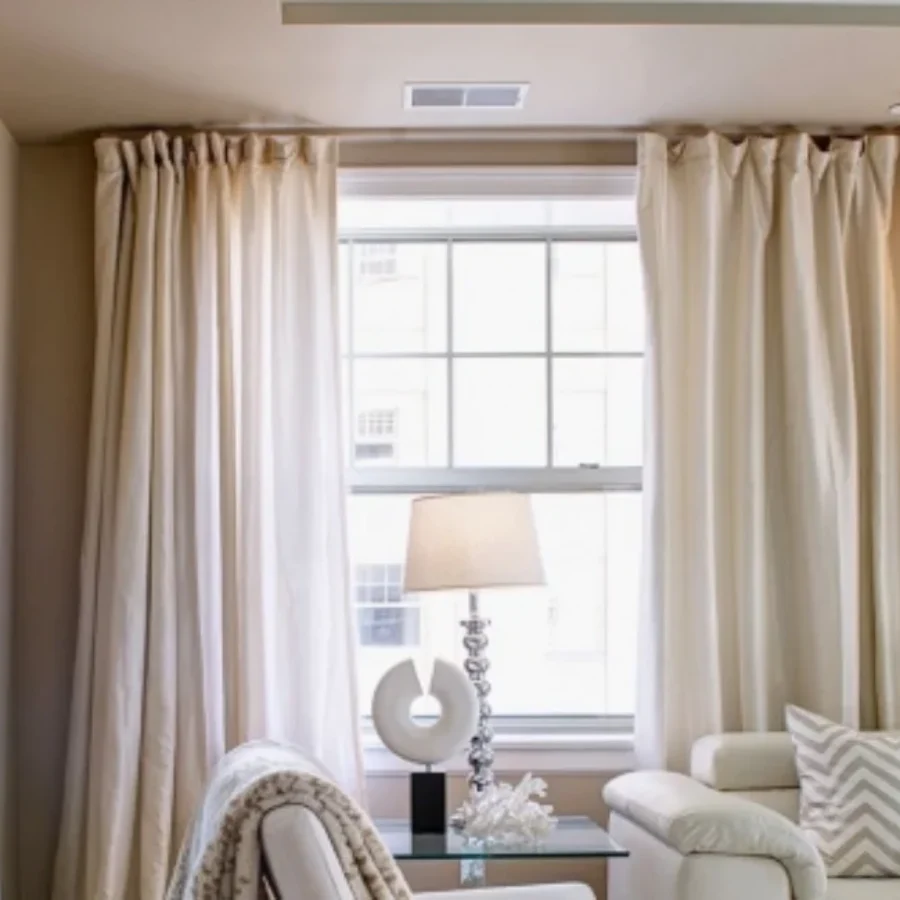A vertical garden or it can also be called a vertical garden will make a boring wall look more alive and attractive. A stark contrast to the rigid urban life.
Vertical gardens and gardens are the answer to the lack of land for planting. Suitable for those who live in apartments or houses that have a limited, even narrow yard.
There are so many choices of plants that are available to become ‘vertical garden residents. Starting from ferns or various spices.
In addition, this park is multifunctional because besides being beautiful, it can also be an air freshener, balance the ecosystem, and be a source of food ingredients.
Contents
- Steps For How To Create a Vertical Garden
- 1. Create designs and floor plans
- 2. Choose the right plants
- 3. Place plants in hanging pots, ladders, and pockets
- 4. Take advantage of the media attached to the wall
- 5. Think of an irrigation system
- 6. Use potting mix planting media
- 7. Plant horizontally
- 8. Create a spice garden
- 9. Make a bowl of succulents and hanging flowers
- Related posts:
Steps For How To Create a Vertical Garden
Creating a vertical garden or garden is a little different from an ordinary garden. It tends to be more difficult and requires extra attention. However, the end result is guaranteed to be satisfying! Come on, check out the tips below so you don’t have trouble making a vertical garden at home!
1. Create designs and floor plans
Before you start buying plants, you better measure and draw a layout plan for the garden. Techniques for designing a floor plan can help you choose the plants and materials you need.
In addition, you can also determine what equipment and accessories can be added, the layout of the vertical garden, and so on.
See also whether your garden will face the sun or not. This will determine the types of plants you can plant, because each plant has different needs for sunlight.
2. Choose the right plants
Choose plants that are suitable for vertical gardens and small urban gardens. Some suitable plants are:
- Ferns,
- Begonias,
- Bromeliads,
- Betel ivory,
- Succulents,
- Vegetables such as lettuce, tomatoes, and chilies,
- Spices,
- Orchids,
- English Ivy,
We must choose the right plants so that the vertical garden does not seem full. Do not choose plants that grow too quickly because it will cause the vertical garden to look full and messy.
Choose plants that have short roots, creepers, hanging plants, or those that can live in pots.
3. Place plants in hanging pots, ladders, and pockets
Since the place is narrow, you will have limitations in placing plants in a vertical garden. If the vertical garden is located on a balcony or terrace, try choosing a hanging pot-shaped container.
You can also build a pocket garden. So, you can put plants in a special hanging garden bag (it looks like a hanging shoe bag). After that you just hang the bag on the pole.
In addition, you can also put various plants on the stairs. It’s pretty easy to make your own ladder. You can use an old wooden ladder with wooden bars added to expand the surface. It’s also easy to make this vertical garden, right?
4. Take advantage of the media attached to the wall
You also have to combine a vertical garden using media that is pasted on the wall. There are two choices, namely pots and trays which are often called living wall trays.
You can install small pots, each of which is planted by a plant, then nailed to the wall or nailed in groups to a wooden plank. After that, install this wooden plane on the wall. This medium is suitable for vegetables and plants that are better grown alone.
The most common media used for vertical gardens are living wall trays. Your garden will look ‘growing’ from the wall. Choose groups of plants that grow at the same time so they don’t dominate each other.
The most beautiful plants for living wall trays are ferns, ivory, betel, flowers, succulents, herbs, and mosses. You can also arrange plants to form a certain pattern to make it look more beautiful.
5. Think of an irrigation system
Vertical gardens generally require more maintenance than ordinary gardens, especially for living walls.
Plants placed on living walls are usually very close to each other so they don’t have much soil and need to be watered more often. It is recommended to make a drip irrigation system.
There is another complex way, which is to use an interval and a timer. However, it is also possible to make a hole under each bag so that water can drip onto the row of plants below.
You can also water using a regular hose, but make sure to water evenly and not excessively.
6. Use potting mix planting media
Do not use ordinary soil, but use potting mix planting media or special soil to grow plants. Vertical gardens dry out easily, so a potting mix will help keep the water content in the soil.
In addition, because there is a gravitational pull, you have to arrange the plants correctly. Plants that don’t need a lot of water should be placed on top so that the water will flow down and dry faster.
While the plants that need water the most are placed at the very bottom.
7. Plant horizontally
If you are going to plant using living wall trays, grow the plant horizontally first so that the roots can be firmly planted. If you directly grow them vertically, the roots will be affected by gravity as they grow.
After growing the plant horizontally for two weeks, begin to gradually tilt the substrate until it reaches a vertical position. This will prepare the roots to grow vertically slowly.
8. Create a spice garden
Herb plants are an option for narrow vertical urban gardens. Spices can provide an attractive appearance to a vertical garden as well as a source of food. The best herbs to collect in a vertical garden are thyme, rosemary, basil, and sage.
However, if you want to grow herbs, make sure the balcony gets 6-8 hours of sunlight every day. You can also grow vegetables and medicinal plants using the same method.
See other articles: 10 Recommended Indoor Ornamental Plants, Make Your Home Healthy and Beautiful!
9. Make a bowl of succulents and hanging flowers
If your small garden has a place to hang pots, try making succulent bowls or colorful hanging flowers. Choose flowers that are lush and have dangling leaves.
To make a succulent bowl, place a potting mix planting field in the pot, then place the largest and brightest succulent in the center. You can add other, smaller succulents around the edges.
Try combining different types of succulents with different textures and colors.
Yep, there is some extra work if you want to create a vertical garden. Starting from choosing the right plants to choosing various forms of planting media.
Even though it’s a hassle, the results are worth it. Vertical gardens can be your escape from the busyness of activity and the hustle and bustle of a typical urban area.
When do you want to try making a vertical garden?
Check out other designs directly from your cellphone via WhatsApp Channel: https://whatsapp.com/channel/0029VaASACYFXUuYULZWe939.






